Plant cloves in late autumn or early spring. You should plant with the base of the clove, the flattest part, on the bottom of the hole with at least 2.5cm (1in) of soil above the tip, and 15cm (6in) apart. Take care not to press the clove too firmly into the soil, as this reduces root development. Leave 30cm (12in) between rows.
Garlic needs a cold, dormant period, which is why it is best planted in the autumn. The long growing season is beneficial to the ripening process.
We recommend protecting newly planted cloves by covering them with some fleece for plants to avoid birds getting to them.
Planting Elephant Garlic
Planting elephant garlic involves following the same directions as for garlic, but increasing the spacing to 30cm (12in). They make attractive plants at 120-150cm (4-5ft) tall with a purple flowering head.
It’s recommended to plant these from September. Planting up to March is possible, though the likelihood of the clove producing one ’solo’ bulb (where separate cloves don’t develop) is increased. This can be either replanted in the following autumn (where it will likely produce a multi-cloved bulb) or eaten.
To gain the largest elephant garlic bulbs, snip off the flowering head when it emerges (these can be used in cooking). You should harvest the elephant garlic before the bulb begins to split, which is usually from mid-June to the beginning of July.
Growing Garlic in Containers
Garlic can also be grown in containers during the winter and planted out in spring. You should make sure that your container has enough space for the root systems, with a grow pot that’s at least 20cm wide and deep. The same as when grown in the ground, bulbs should be planted 2.5cm (1in) deep in the soil and 15cm (6in) apart.
Ensure the container has good drainage and that you use a moisture-retentive soil. Add garden compost and some of our Onion, Shallot, and Garlic Fertiliser to provide the right nutrients and conditions for vigorous growth. Water regularly and place the container in a sunny position.
If you’d like to find out about more options for growing vegetables in the colder months, take a look at our blog on planting veg for winter to learn which varieties do best during the season.

 How to Grow Garlic
How to Grow Garlic

 Ground Prep
Ground Prep

 How to Plant Garlic
How to Plant Garlic

 Plant Care
Plant Care

 How to Harvest Garlic
How to Harvest Garlic

 Problems
Problems

How to Grow
Ground Preparation
Planting
Plant Care
Harvesting
Problems








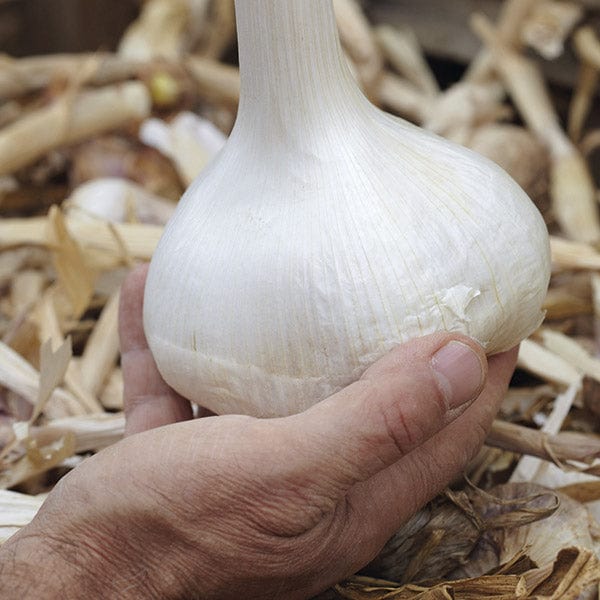

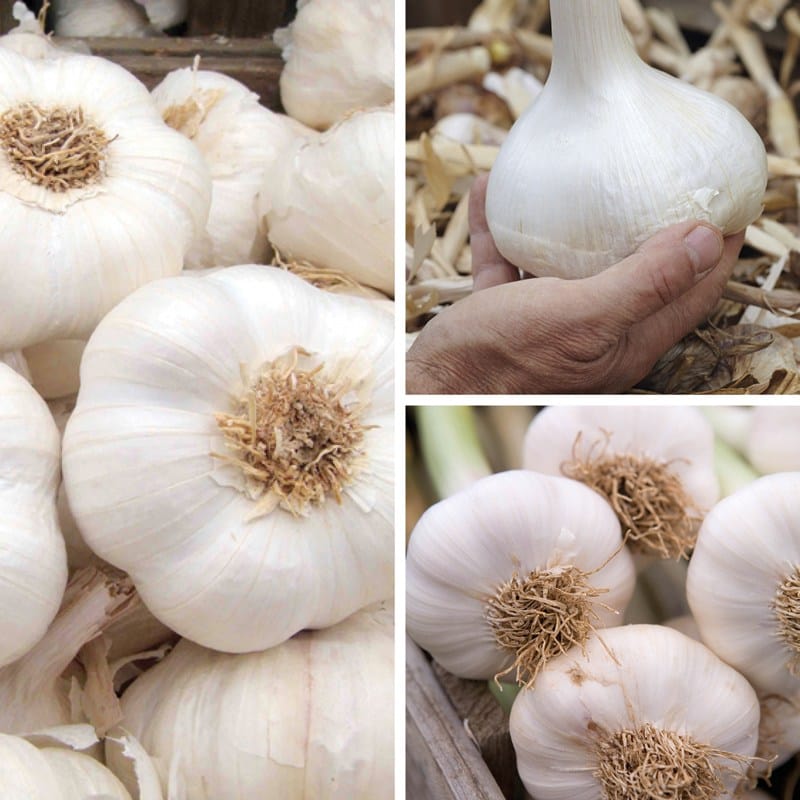

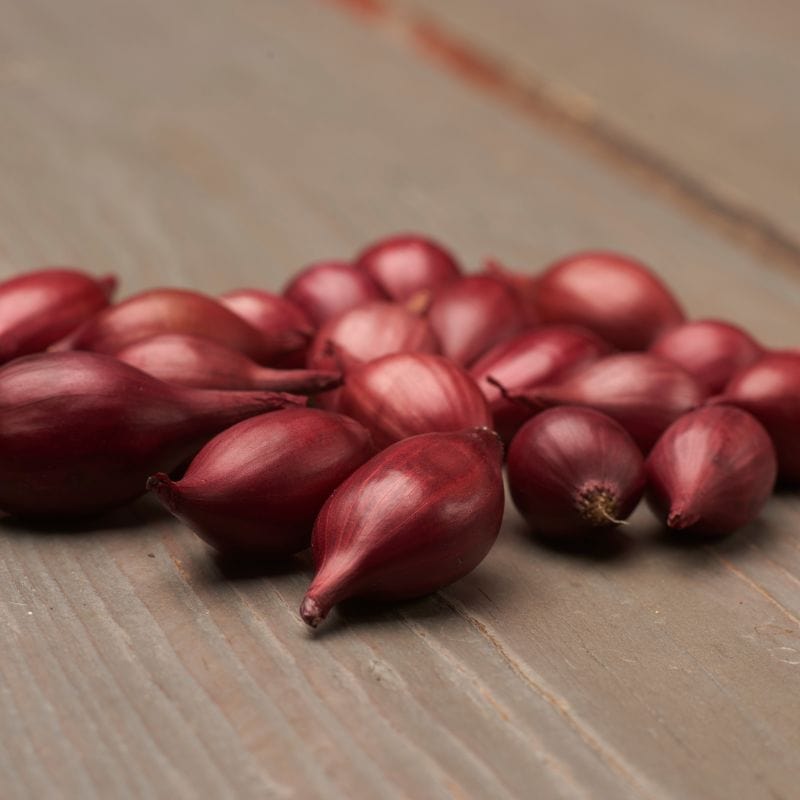
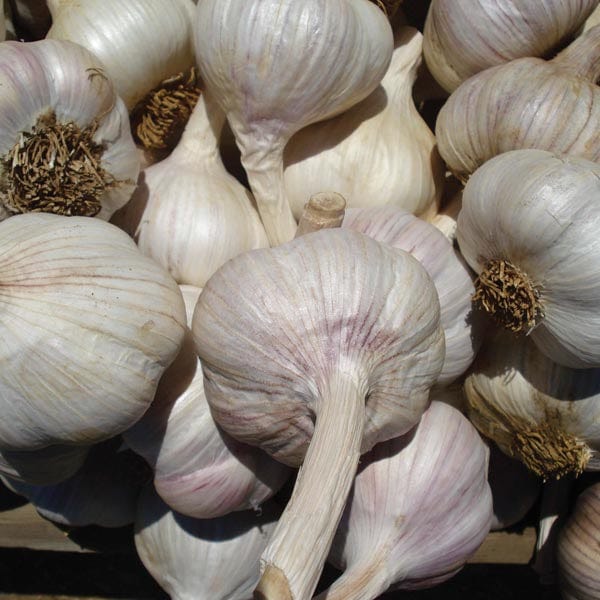

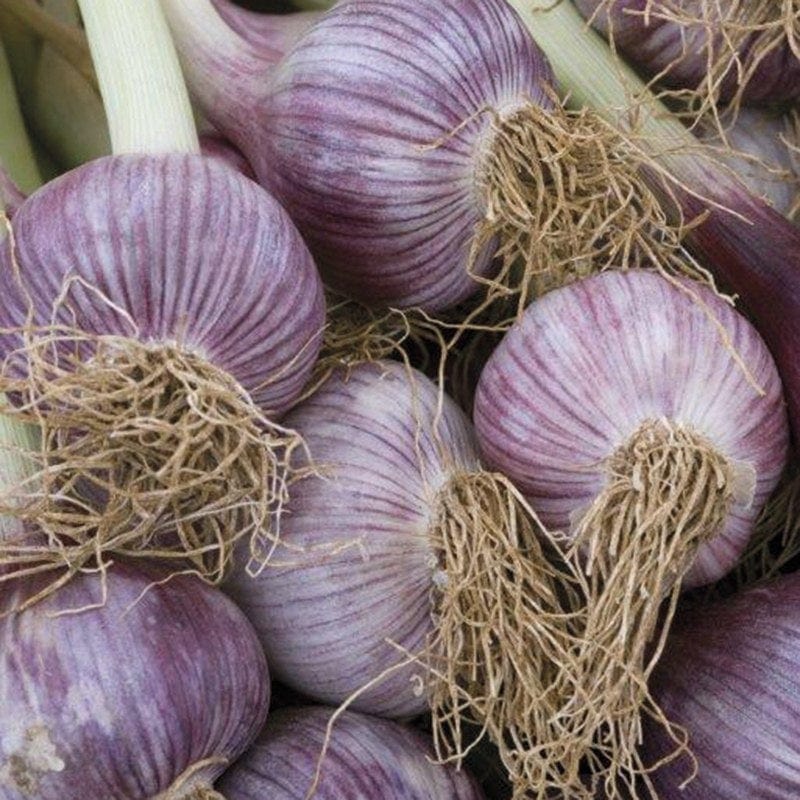
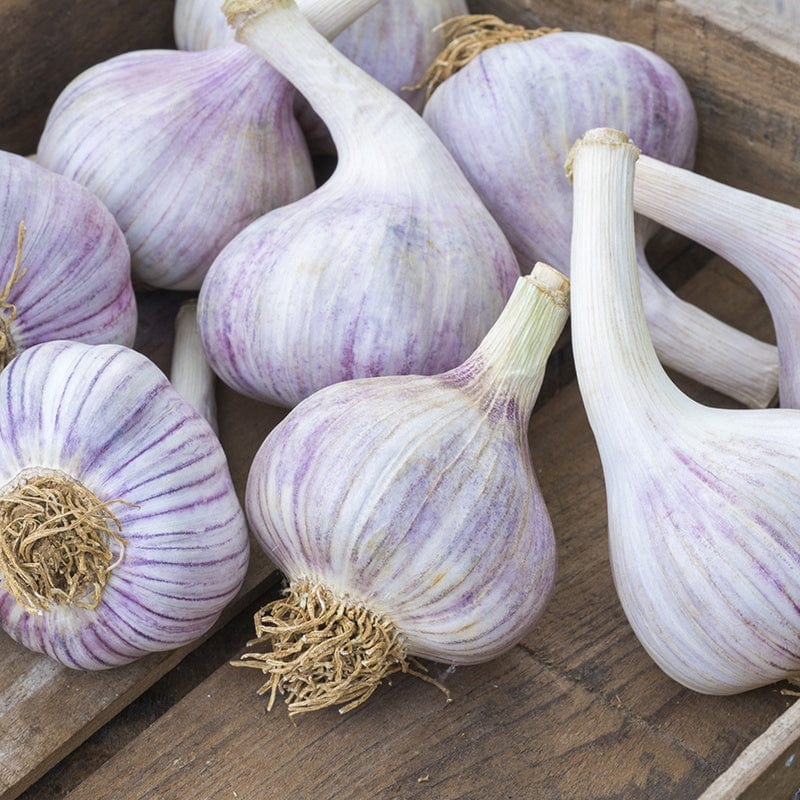
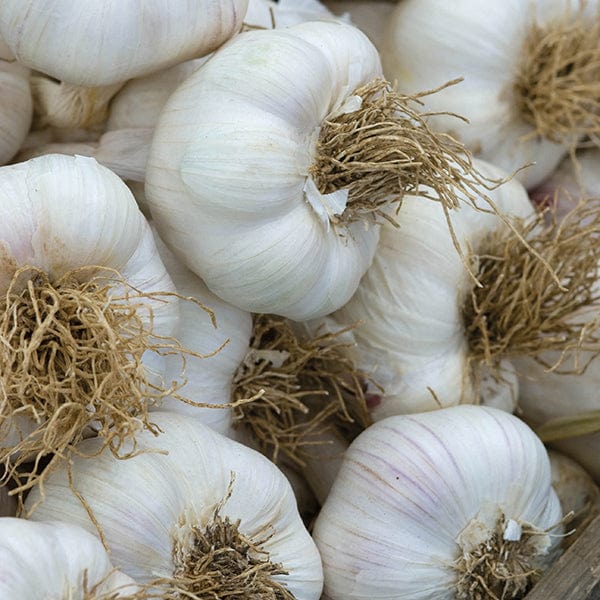

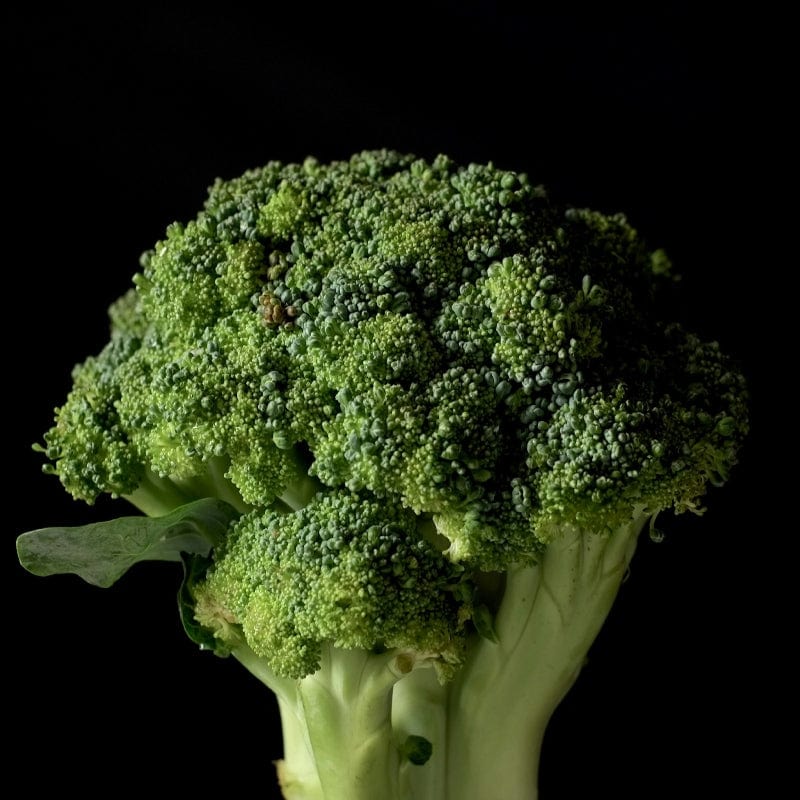
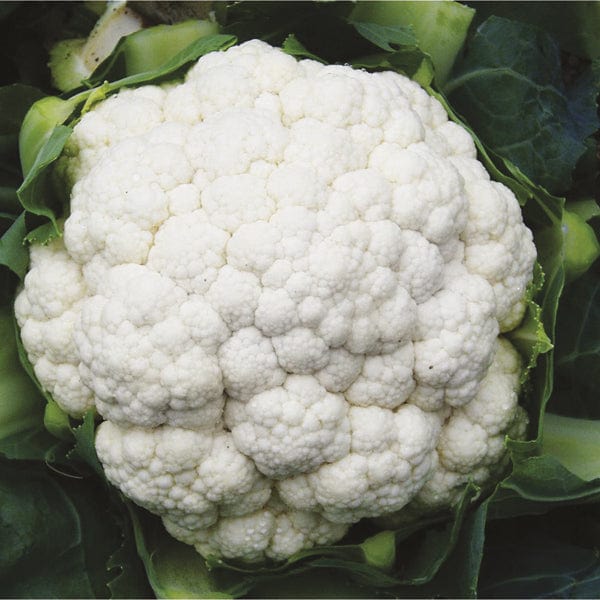
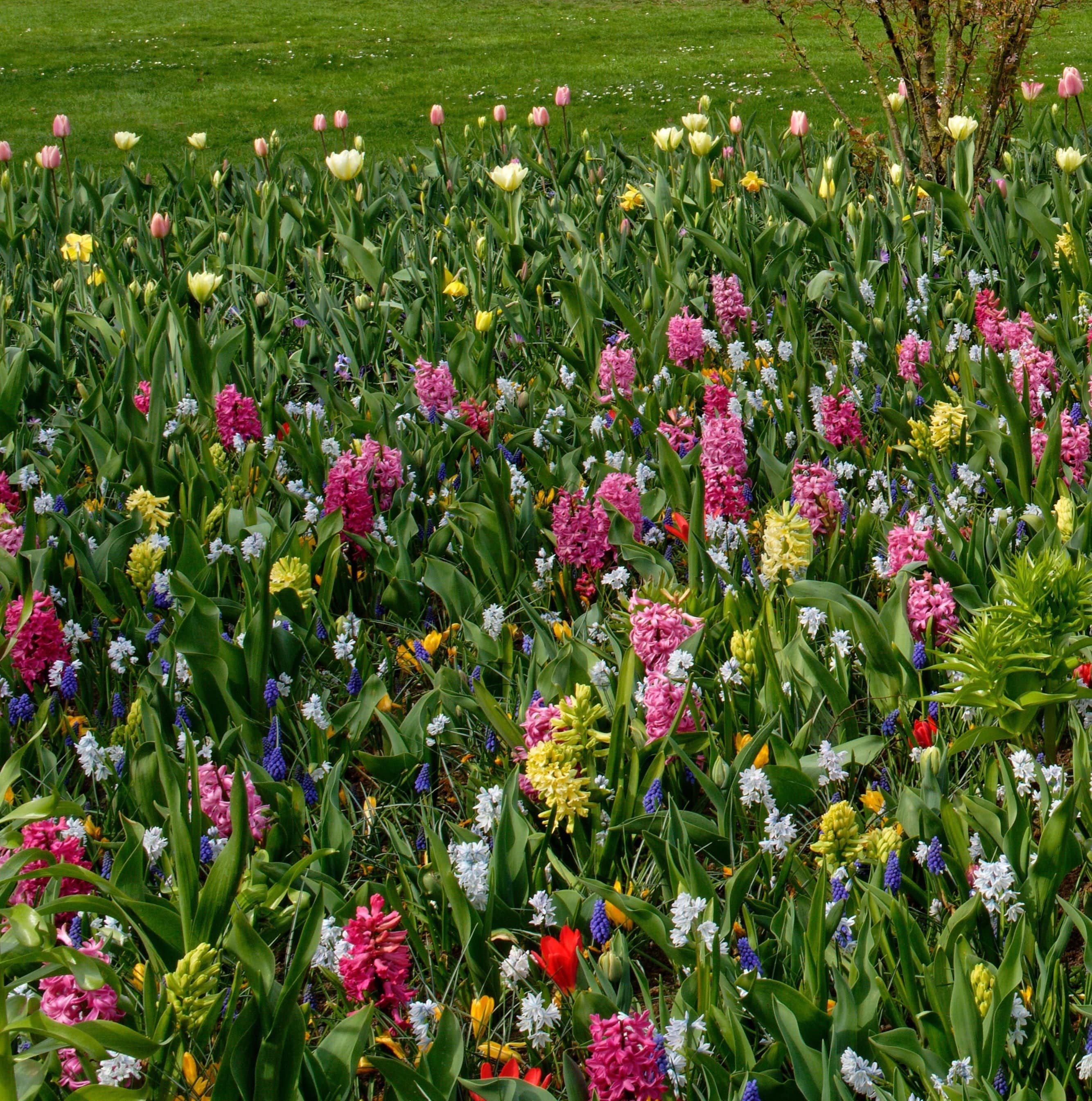
Leave a comment
All comments are moderated before being published.
This site is protected by hCaptcha and the hCaptcha Privacy Policy and Terms of Service apply.